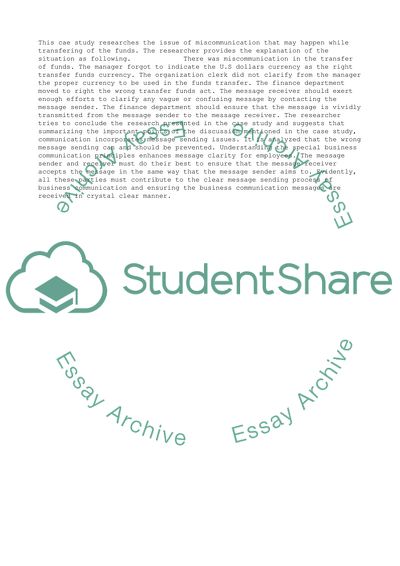Cite this document
(“Transfer Funds Business Miscommunication Case Study”, n.d.)
Transfer Funds Business Miscommunication Case Study. Retrieved from https://studentshare.org/business/1612138-transfer-funds-business-miscommunication
Transfer Funds Business Miscommunication Case Study. Retrieved from https://studentshare.org/business/1612138-transfer-funds-business-miscommunication
(Transfer Funds Business Miscommunication Case Study)
Transfer Funds Business Miscommunication Case Study. https://studentshare.org/business/1612138-transfer-funds-business-miscommunication.
Transfer Funds Business Miscommunication Case Study. https://studentshare.org/business/1612138-transfer-funds-business-miscommunication.
“Transfer Funds Business Miscommunication Case Study”, n.d. https://studentshare.org/business/1612138-transfer-funds-business-miscommunication.


